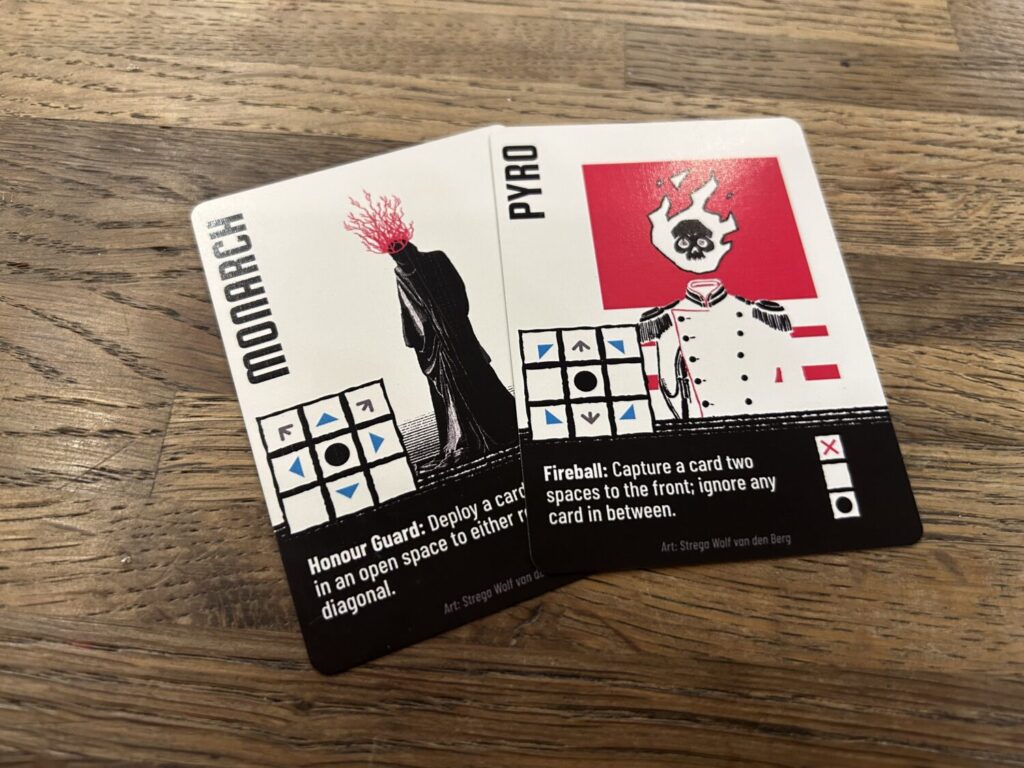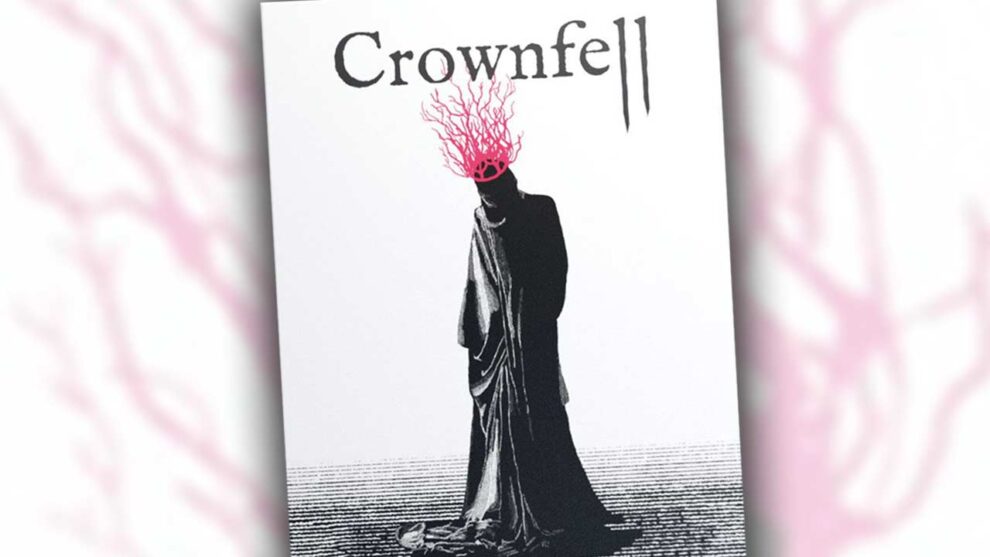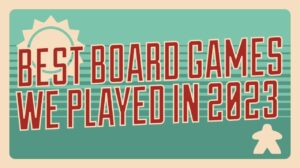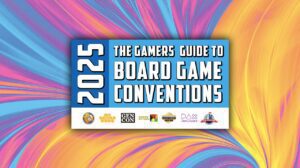Disclosure: Meeple Mountain received a free copy of this product in exchange for an honest, unbiased review. This review is not intended to be an endorsement.
Every board game, intentionally or by happenstance, is in conversation with games that came before. Every new design is an answer to some sort of question. Sometimes, the question is mechanical. “What if Dominion had a board?” gave us Trains. Other times, it may be about the themes of the game, the questions the designer wants to suggest to the players. “What if the colonized fought back?” gave us Spirit Island. All art at its best is like this, a cascading series of “Yes, and”s, “Yes, but”s, and “No, rather”s. We depend on these questions and their responses to move us forward as a species.
Crownfell, from designer Mike Berg, joins this lineage, asking one of the essential ludographic questions of our time: “What if chess had bangin’ art?”

Deckmate
That is both unfairly glib and a perfectly accurate description. Crownfell is an abstract strategy game that you win by removing all of your opponent’s pieces from the board. The pieces are cards, each marked with its own move set and abilities. Unlike chess, which typically sets both players up with the same pieces, Crownfell begins with a draft. Eight of the fourteen cards included in this slim box are dealt out on the table, and choices are made.
The cards are gorgeous. They’re printed on good material that holds up to play—not always a given with games from smaller publishers—and they incorporate well the information you need in order to play. The art from Strega Wolf van den Berg is something else, as though the Frank Miller of Sin City—with a career arc like Frank Miller, you do have to specify—illustrated an arc of the Vertigo Sandman. Fabulous stuff.
Crownfell plays out on a five-by-five grid, with a crown card in the center. If you capture the crown, you get a bonus action, which is an enormous indulgence in any abstract game. If you capture an opponent’s piece, it is removed from the board and placed off to the side. It’s possible for either player—either player—to redraft that card back into action.

The cross-piece synergies are subtle and a joy to discover. Identifying them makes the draft more interesting because you have to balance preventing your opponent from creating a great set of cards against trying to create your own great set. It also makes playing the game itself richer. I can pour all of my resources into trying to reclaim the card I think will make the difference to the rest of the game, and you have to figure out how to play around that.
Games are fairly brief. The small size of the field guarantees that even defensive and avoidant playing can only prolong the inevitable by so much. There’s tension in every turn, as players weigh placing new pieces out against developing the positions of their other pieces. The abilities, and their different combinations, provide meaningful variety. This isn’t aesthetic variation. The pieces in play have a significant impact on how the game feels. With simple rules, beautiful art, and only eighteen cards, Crownfell is quite the accomplishment.











